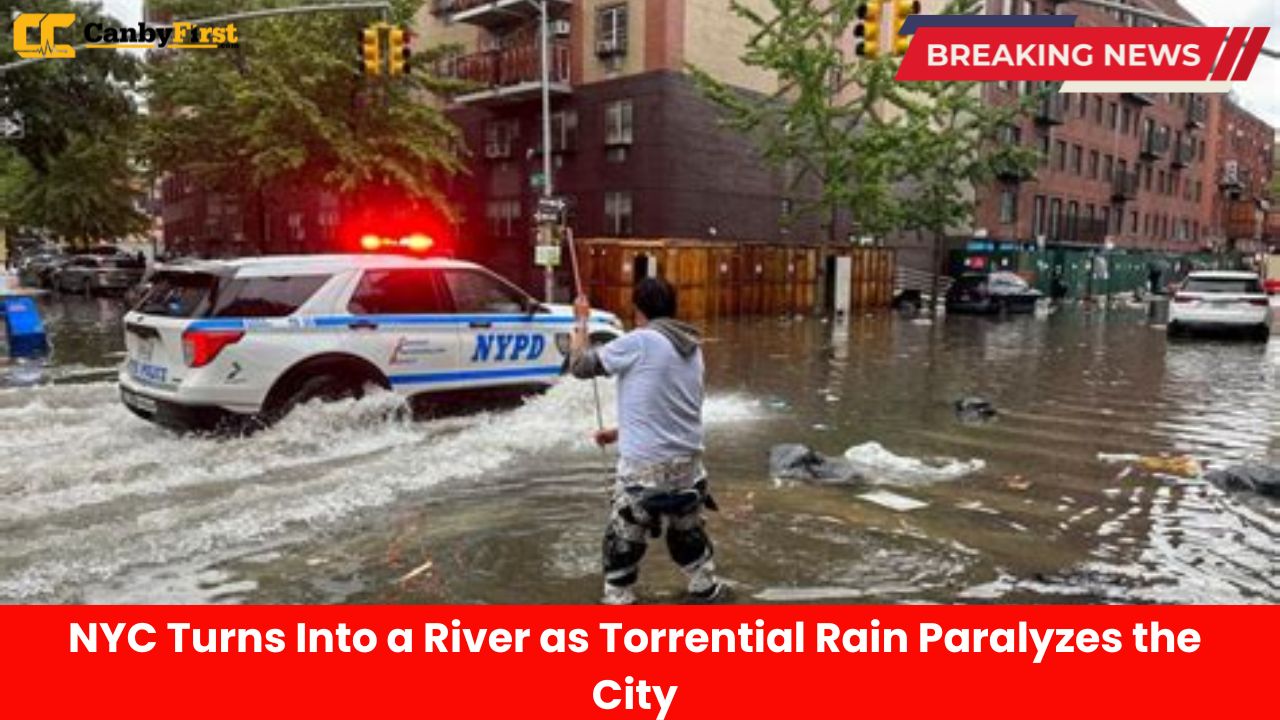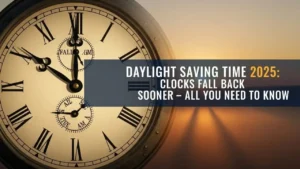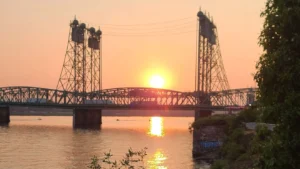New York, US: Streets across New York City were turned into waterways on Friday as relentless rainfall pounded the region, flooding major roads, subway stations, and residential areas. The sudden downpour caused widespread travel chaos, prompting officials to issue flash flood warnings across all five boroughs.
Unprecedented Rainfall Disrupts Daily Life
Meteorologists said the city witnessed one of its heaviest rainfalls in recent memory, with several inches falling in just a few hours. The storm overwhelmed the city’s drainage systems, leading to knee-deep water in some neighborhoods. Footage from local residents showed cars submerged halfway, buses stranded, and pedestrians wading through murky floodwater.
New York’s emergency services were inundated with distress calls as residents in basement apartments and low-lying areas reported water seeping into their homes. In Brooklyn and Queens, several people had to be evacuated due to rising water levels that reached building entrances.
Also Read
Subway and Road Networks Hit Hard
The Metropolitan Transportation Authority temporarily suspended service on multiple subway lines as tracks and stations were flooded. Commuters at several major hubs, including Times Square and Grand Central, were left stranded as trains came to a halt. Transit officials urged residents to avoid unnecessary travel until conditions improved.
Highways including the FDR Drive and sections of the Brooklyn-Queens Expressway were partially closed, adding to the gridlock that extended well into the afternoon. City buses faced significant delays, while taxis and rideshare operations reported a surge in demand.
City Officials Urge Caution
Mayor Eric Adams urged New Yorkers to remain indoors and stay alert, acknowledging the storm’s severity. City authorities activated emergency response teams and coordinated with state officials to assess the damage and provide immediate assistance to affected communities.
“We are seeing a level of flooding that this city has not experienced in years,” a city emergency official said. “Our teams are working around the clock to keep residents safe and minimize damage.”
Residents were also advised to avoid basement dwellings, park vehicles on higher ground, and refrain from driving through flooded streets. Authorities reminded the public that even a few inches of moving water can be life-threatening.
Climate Change Concerns Resurface
The heavy rainfall has reignited debates over New York’s vulnerability to extreme weather events and the city’s aging drainage infrastructure. Experts say that inadequate stormwater management systems, coupled with rising sea levels and more intense rain patterns, will make flooding an increasingly frequent hazard.
Environmental advocates stressed the need for immediate investments in green infrastructure and improved water retention systems. Recent storms over the past years have already highlighted the limits of the city’s preparedness, underscoring the long-term challenges of climate adaptation.
Business and Community Impact
Local businesses faced severe disruptions as floodwaters entered storefronts, forcing many shops to close temporarily. Restaurants and cafés in lower Manhattan and parts of Queens reported property damage and power outages. Public schools also dismissed students early, with some campuses experiencing flooding in their basements and gymnasiums.
Community organizations mobilized quickly to assist those displaced by the storm, providing food, shelter, and basic supplies. Volunteers and neighborhood groups coordinated through social media to locate residents in need, demonstrating once again the city’s resilience during crisis.
Cleanup Efforts Begin
As the rainfall began to ease by evening, cleanup and recovery operations kicked into gear. City workers deployed pumping equipment at major intersections and subway tunnels, clearing debris from storm drains. The Department of Environmental Protection said it could take several days to restore full normalcy, depending on weather developments.
Power utilities worked to restore electricity to thousands affected by localized outages. Meanwhile, health officials warned of potential contamination in standing water and urged residents to avoid contact until cleanup was completed.
Looking Ahead
Meteorologists expect light showers to continue through the weekend but do not foresee another major storm system in the immediate forecast. However, officials remain cautious, advising residents to prepare for any future weather disruptions as the city reviews its flood response strategy.
For New Yorkers, Friday’s storm served as another reminder of how swiftly nature can disrupt even the busiest metropolis. As cleanup continues and the city counts the cost, the message from authorities remains clear: preparedness and vigilance are no longer optional—they are vital.












